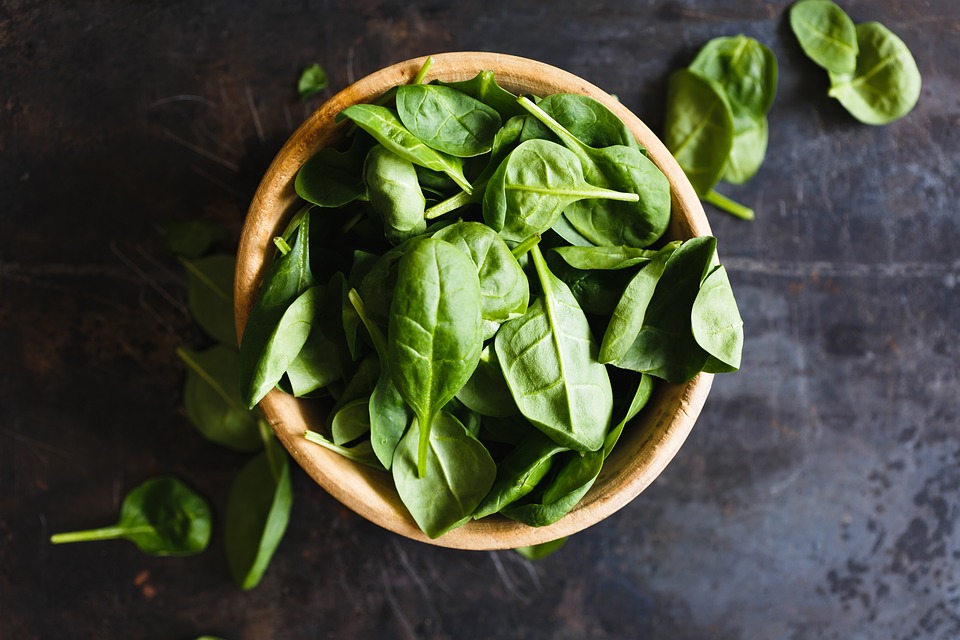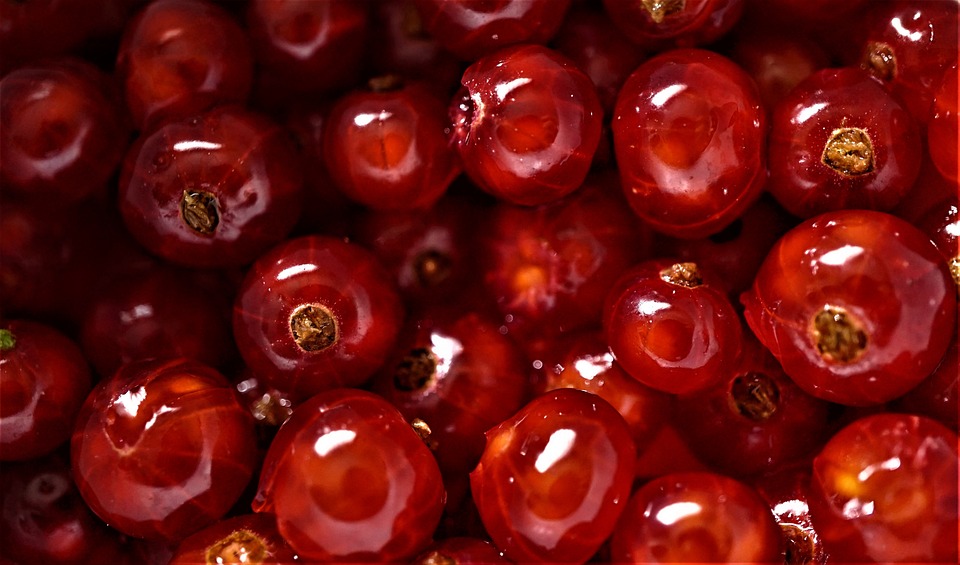gastric sleeve: What can You Eat?
Have you recently undergone a gastric sleeve surgery? Congratulations on taking the first step towards a healthier lifestyle! However, now that you have a smaller stomach, you may be wondering what foods are safe and suitable for you to consume. In this article, we will explore the post-gastric sleeve diet and provide you with a comprehensive guide to what you can eat to maintain a balanced and nourishing diet. Let’s dive in!
1. Phase 1: Clear Liquids
Immediately after your gastric sleeve surgery, your stomach will need time to heal. During the initial phase, you will be restricted to a clear liquid diet. This includes water, unsweetened herbal tea, broth, sugar-free gelatin, and clear fruit juices without pulp. It is crucial to stay hydrated during this phase to aid in the healing process. Remember to sip slowly and avoid carbonated beverages to prevent discomfort.
2. Phase 2: Full Liquids
Once you have successfully transitioned through the clear liquid phase, you can move on to consuming full liquids. This phase allows for a wider range of foods that are easier to digest. Full liquids include low-fat milk, yogurt, protein shakes, cream-based soups, and blended fruits or vegetables. These foods provide essential nutrients while allowing your body to adapt to the new eating pattern.
3. Phase 3: Pureed Foods
After a few weeks, you will progress to the pureed food phase. During this stage, you can introduce soft, mashed foods that are high in protein. Pureed meats, such as chicken or fish, can be blended with low-fat sauces or broths. Vegetables and fruits can also be pureed to ensure a smooth texture. It is important to focus on protein-rich foods to aid in the healing process and maintain muscle mass.
4. Phase 4: Soft Foods
As your body continues to heal, you will transition to the soft food phase. This stage allows for the inclusion of foods that are easily chewed and digested. Soft foods include lean meats, cooked vegetables, soft fruits, and well-cooked grains. It is essential to avoid tough or fibrous foods that may cause discomfort or difficulty in digestion.
5. Phase 5: Solid Foods
Congratulations! You have reached the final phase of the post-gastric sleeve diet – solid foods. However, it is crucial to remember that even in this phase, portion control is key. Opt for smaller, more frequent meals to prevent overeating. Focus on consuming lean proteins, whole grains, fresh fruits, and vegetables. Avoid processed and high-calorie foods to maintain a healthy weight and lifestyle.
In conclusion, the post-gastric sleeve diet is divided into several phases to ensure a smooth transition towards solid foods. Starting with clear liquids and progressing through full liquids, pureed foods, and soft foods, you will eventually reach the solid food phase. It is essential to consume nutrient-dense foods, prioritize protein intake, and maintain portion control throughout each phase. Remember to consult with your healthcare provider or a registered dietitian to personalize your diet plan according to your specific needs and preferences. Good luck on your journey towards a healthier you!
Top Questions Regarding Gastric Sleeve What Can You Eat
What Can You Eat After Gastric Sleeve Surgery?
After undergoing gastric sleeve surgery, it is important to follow a specific diet plan to ensure proper healing and long-term success. Here are some guidelines on what you can eat:
1.
What are the dietary recommendations immediately after surgery?
During the initial stage after gastric sleeve surgery, your diet will be limited to clear liquids. This includes water, broth, sugar-free gelatin, and herbal tea. It is crucial to stay hydrated and consume small amounts frequently. The three most important things to remember during this stage are:
– Consuming clear liquids only
– Staying hydrated
– Taking small amounts frequently
2.
What can you eat during the pureed food stage?
After the initial stage, you will gradually progress to pureed foods. These are foods that have a smooth consistency, similar to baby food. This stage typically starts about two to four weeks after surgery. Some examples of pureed foods include mashed potatoes, pureed lean meats, soft-cooked vegetables, and cottage cheese. The three key points to remember about this stage are:
– Opting for smooth consistency foods
– Including lean proteins
– Including soft-cooked vegetables
3.
What foods can you eat once you transition to a solid diet?
Once you have successfully tolerated pureed foods, you can gradually transition to a solid food diet. It is important to focus on consuming nutrient-dense foods that are low in calories and high in protein. Some suitable options include lean meats, poultry, fish, eggs, low-fat dairy products, fruits, vegetables, and whole grains. The three main things to consider during this stage are:
– Including protein-rich foods
– Choosing whole and unprocessed foods
– Ensuring a balanced and varied diet
4.
What should you avoid in your post-gastric sleeve diet?
While there are foods that are encouraged after gastric sleeve surgery, there are also certain foods and behaviors that should be avoided. It is important to steer clear of carbonated beverages, high-sugar foods, greasy and fried foods, tough meats, and fibrous vegetables. Additionally, it is essential to avoid overeating and to practice mindful eating. The three key points to remember when considering what to avoid are:
– Avoiding carbonated beverages and high-sugar foods
– Avoiding greasy, fried, and tough foods
– Avoiding overeating and practicing mindful eating
5.
How should you approach portion control after gastric sleeve surgery?
Portion control is a crucial aspect of maintaining a healthy weight after gastric sleeve surgery. It is important to eat small, frequent meals throughout the day rather than consuming large portions. This will help prevent overeating and ensure that your body receives the necessary nutrients. Additionally, it is recommended to slow down while eating, chew food thoroughly, and listen to your body’s hunger and fullness cues. The three main points to consider when it comes to portion control are:
– Eating small, frequent meals
– Chewing food thoroughly
– Listening to your body’s hunger and fullness cues
1. Misconception: Gastric sleeve patients can only consume liquid or pureed foods.
One common misconception about gastric sleeve surgery is that patients can only consume liquid or pureed foods. While it is true that immediately after the surgery, patients are advised to follow a liquid or pureed diet for a specific period to aid in the healing process, this restriction is temporary. As the body gradually recovers, patients can reintroduce solid foods into their diet.
2. Misconception: Gastric sleeve patients can eat as much as they want.
Another misconception is that gastric sleeve patients can eat as much as they want because they have had a portion of their stomach removed. In reality, the surgery reduces the size of the stomach, limiting the amount of food that can be consumed at one time. While patients may experience an increased feeling of fullness, it is important to remember that overeating can stretch the remaining stomach pouch and potentially reverse the effects of the surgery.
3. Misconception: Gastric sleeve patients can never eat their favorite foods again.
Some individuals believe that gastric sleeve surgery means patients can never eat their favorite foods again. While it is true that certain foods may need to be avoided or consumed in smaller quantities, patients can still enjoy a wide variety of foods, including their favorites, after the initial recovery period. It is important, however, to make healthier choices, control portion sizes, and eat mindfully to support long-term weight loss and overall health.
4. Misconception: Gastric sleeve patients have to follow a strict diet forever.
It is a common misconception that gastric sleeve patients have to follow a strict diet forever. While it is true that dietary modifications are necessary following the surgery, it does not mean that patients have to adhere to a rigid eating plan indefinitely. After the initial recovery period, patients can gradually reintroduce a wider range of foods into their diet, as long as they maintain healthy eating habits and portion control.
5. Misconception: Gastric sleeve patients cannot eat carbohydrates.
Another misconception is that gastric sleeve patients cannot consume carbohydrates. While it is true that refined carbohydrates, such as white bread and sugary snacks, should be limited or avoided due to their low nutritional value and potential to cause weight gain, complex carbohydrates like whole grains, fruits, and vegetables can still be included in a gastric sleeve patient’s diet. These sources of carbohydrates provide essential nutrients and fiber, which are important for overall health and well-being. It is crucial to focus on the quality of carbohydrates consumed rather than completely eliminating them.
Overall, it is important to understand that gastric sleeve surgery is not a quick fix but a tool to help individuals achieve sustainable weight loss and improve their overall health. Following the surgery, patients should work closely with their healthcare team to develop a personalized diet plan that meets their nutritional needs and supports their weight loss goals.
Gastric Sleeve What Can You Eat
#undergoing #gastric #sleeve #surgery #important #follow #specific #diet #plan #aid #healing #process #promote #weight #loss #general #guideline #eat #gastric #sleeve #surgery

